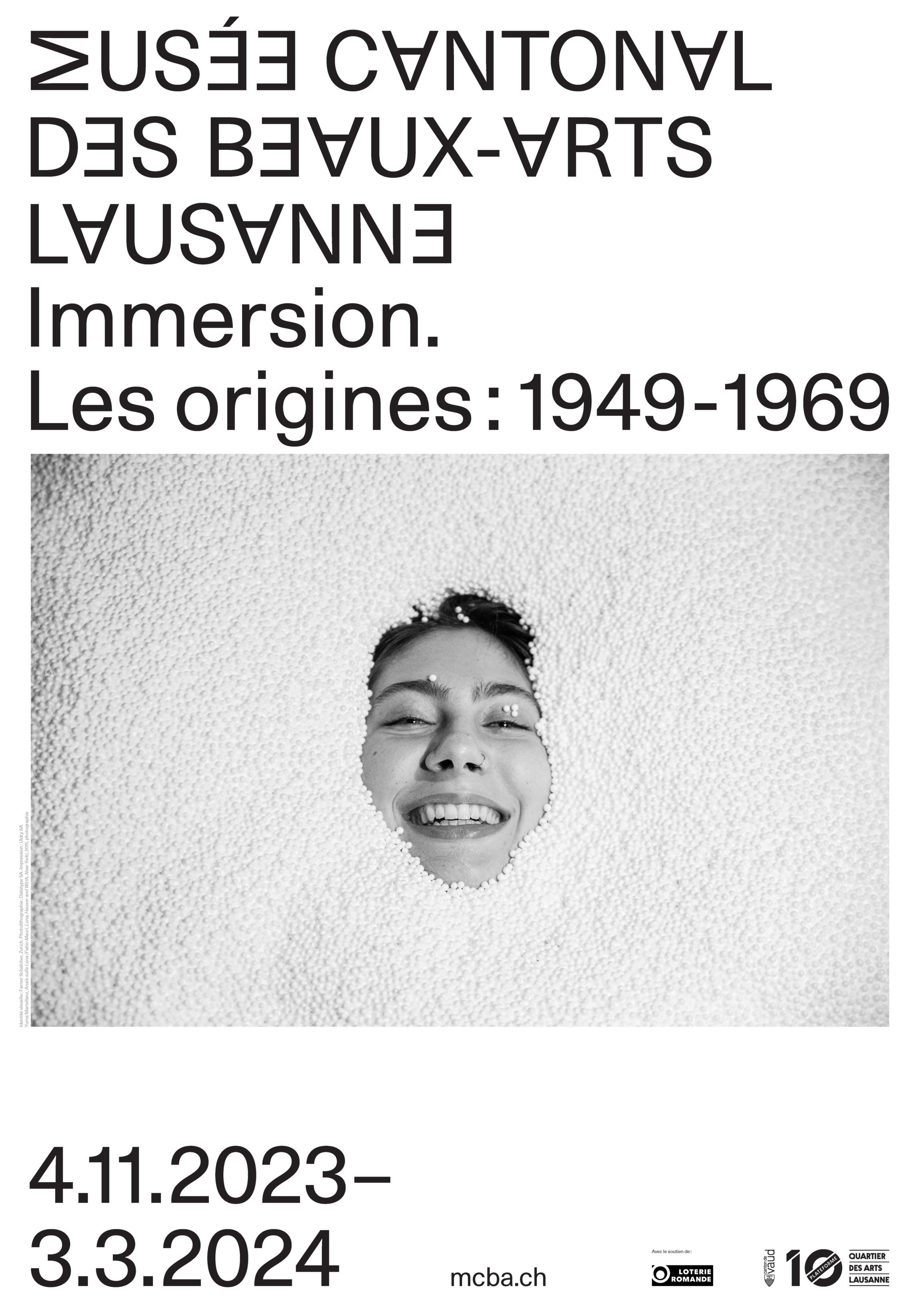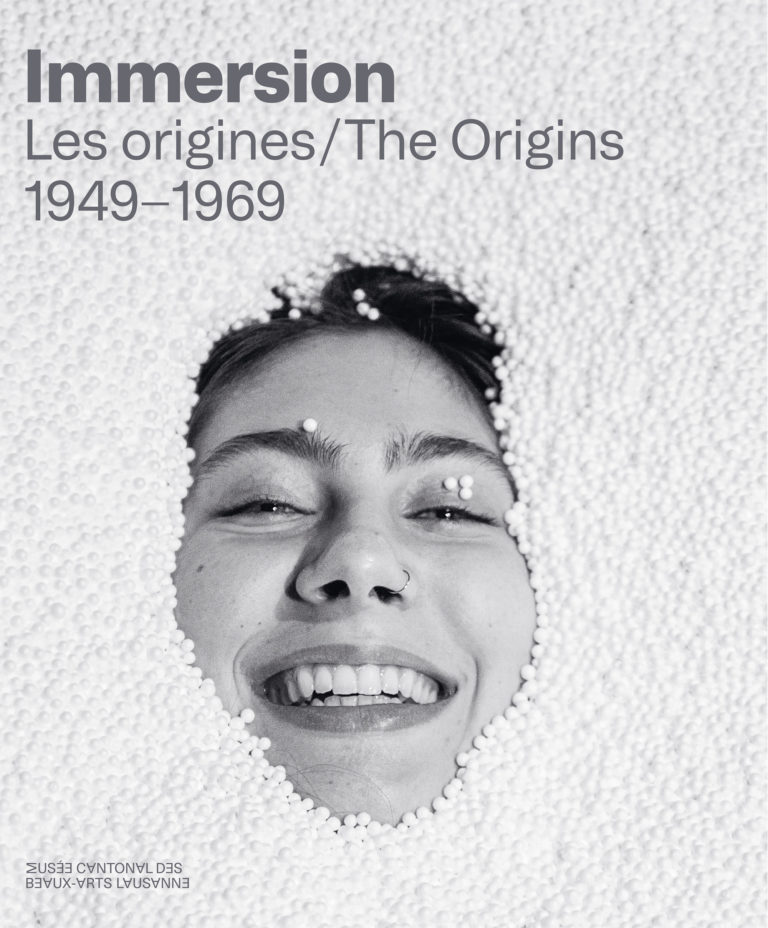
Immersion.
The Origins: 1949-1969
With fourteen immersive environments by a range of artists, from Lucio Fontana to Judy Chicago, Immersion. The Origins: 1949-1969 is the first exhibition to look at an emerging practice that was to become one of the major forms of expression starting in the 1990s.
Event-artworks seem to be increasingly common, enabling viewers to immerse themselves in pictures by famous artists (Vincent Van Gogh, Gustav Klimt, Frida Kahlo, etc.), paintings that never were created to be projected thanks to the electronic wizardry of augmented reality. In such a conjuncture, the show Immersion. The Origins: 1949-1969 is especially welcome. It invites the public to discover works that were specifically designed in fact to be immersive, a “novelty” that goes back over 70 years.
In a closed environment, these artworks allow us to enjoy a new experience that addresses the body and the senses. Fashioning a clean break with daily life, the pieces offer the chance to connect with an alternative reality. From that moment on, the audience and the work of art are part of the same ecosystem.
The 1950s and 1960s correspond to a moment in time when imagery and the imagination with respect to space were expanding. Those decades also witnessed a questioning of how the artwork was traditionally perceived and the development of means and approaches that would become experimental. Interest in immersive art, moreover, appears around the same time as the desire to democratize the space of the museum, favoring greater inclusion of the people venturing into its galleries.
During the confinement caused by the COVID-19 pandemic, sensory deprivation reduced our activities to purely visual informative ones. Today placing the body once again in art’s relationship to the museum has become especially important. The show puts experience at the heart of our encounter with art; it offers a reconnection between the body and space, and invites us to a multisensory perception and understanding.
Exhibition curators:
Choghakate Kazarian, art historian, freelance exhibition curator
Camille Lévêque-Claudet, curator, MCBA
Publication
Partners
With the support of

